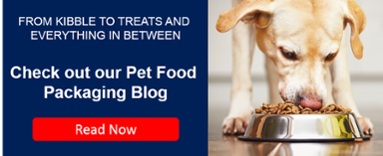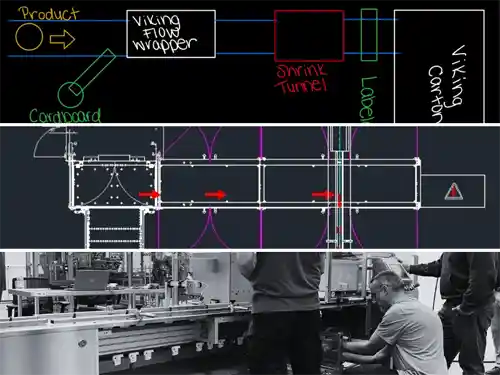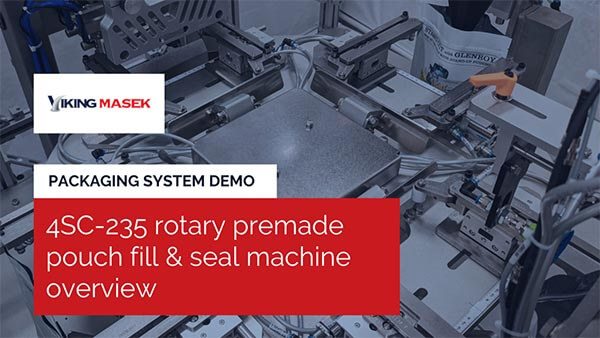Move Over, Baby Boomers: Millennials Setting the Pace in Pet Food Market
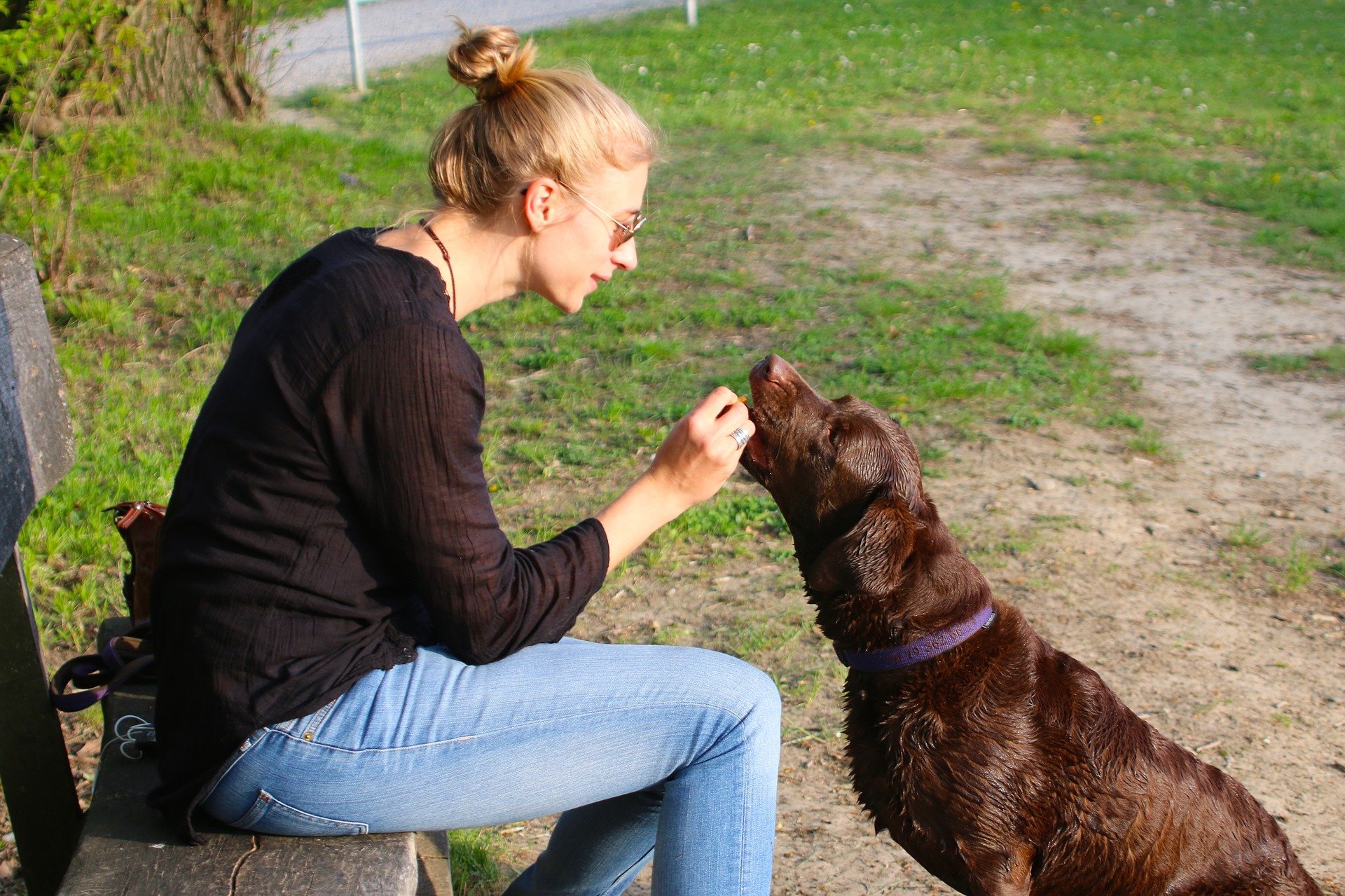 We hear about the influence of Millennials in every industry these days, from how they travel and work to how they shop and spend their leisure time. They are a growing force in every industry, and forward-thinking companies have gotten smart as to how to market to the group. Market research firm Gfk released data in 2015 showing that 57% of Millennial households own a dog or cat, compared to 51.6% of Baby Boomer households. Most striking for pet food manufacturers is the fact that 62% of Millennials agree that their pets should be pampered. This translates into dollar signs and new opportunities for pet food manufacturers if they know how to reach this discerning group.
We hear about the influence of Millennials in every industry these days, from how they travel and work to how they shop and spend their leisure time. They are a growing force in every industry, and forward-thinking companies have gotten smart as to how to market to the group. Market research firm Gfk released data in 2015 showing that 57% of Millennial households own a dog or cat, compared to 51.6% of Baby Boomer households. Most striking for pet food manufacturers is the fact that 62% of Millennials agree that their pets should be pampered. This translates into dollar signs and new opportunities for pet food manufacturers if they know how to reach this discerning group.
Millennial Purchasing Behavior: Not Like Mom and Dad
Lack of brand loyalty. Millennials are much more likely than generations past to abandon a brand for another that is new, innovative, and convenient. Name brand loyalty holds less weight with this particular generation. A company can be well established and its brands can be a household name, but to gain the trust of Millennials the company must market its values, the effectiveness of its products, and how their products can make life easier. Millennials are loyal to product performance and convenience, but not necessarily to brands.
Convenience is king, in more ways than one. Not only do Millennials flock to packaging that is compact, convenient, robust, and portable; but access to the product must be convenient as well. This is why the subscription and on-demand online ordering model is so attractive to this group; they don't have to take time out of their busy day to stop at the store and search for the exact product they desire. Product research can be done online from anywhere in the world, and an order can be placed in the same manner.
Frugal, but not like their parents. Raised during the 1990s and 2000s, Millennials experienced economic stability and easy access to material goods. That all came crashing down in the Great Recession of 2008-2009 when Millennials, now adults, had to deal with a suffering job market, increasing student debt, and lack of opportunity. This caused them to become more intentional in their shopping habits. Frugal, but not solely in economic terms like their parents. Millennials will still pay a premium for products or causes that they feel are "worth it."
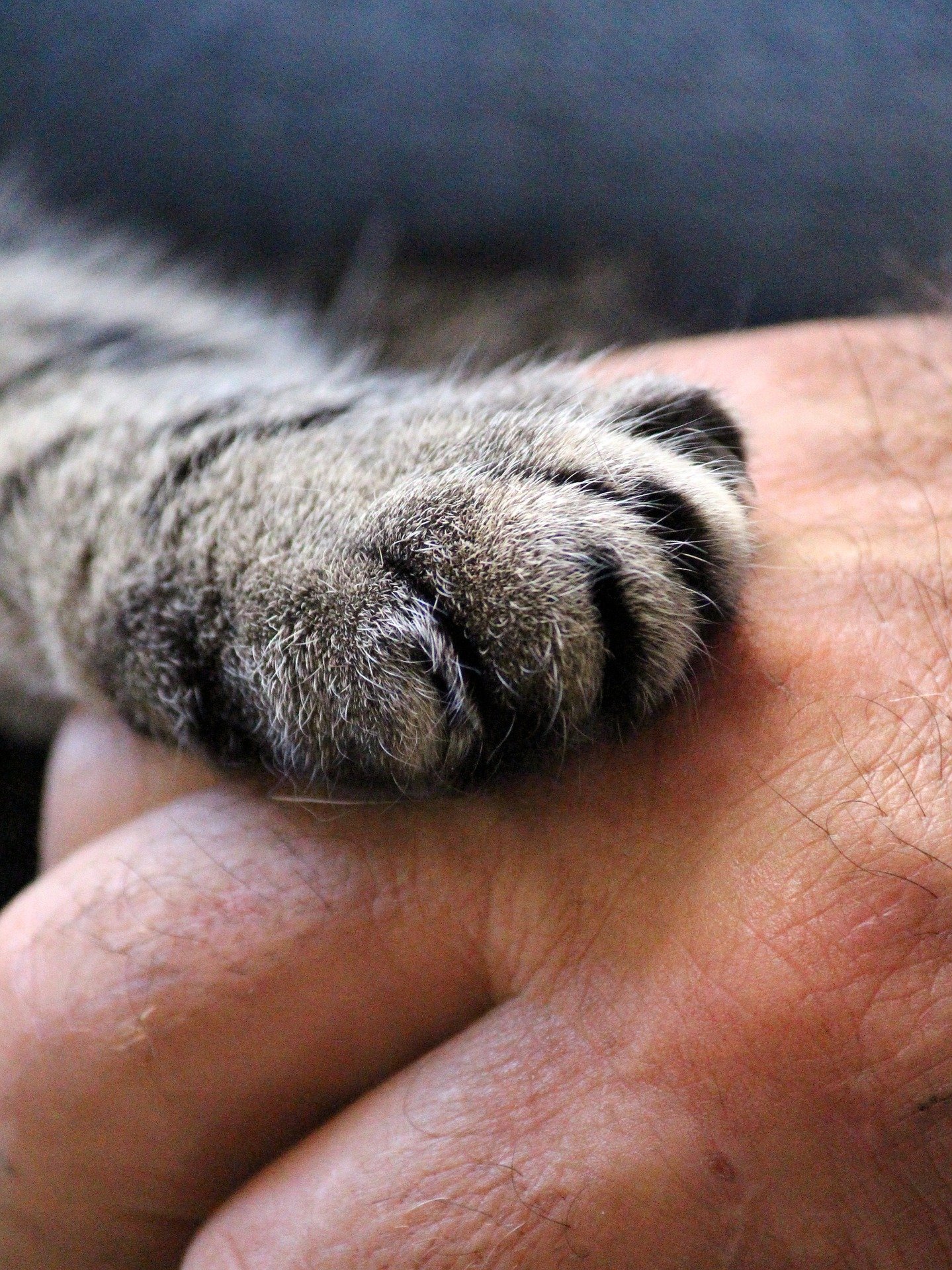 Pets as Part of a Changing Family Model
Pets as Part of a Changing Family Model
In terms of their pets, Millennials feeling that they are 'worth it' is an understatement. Opposite of their parents, Millennials, on the whole, are putting off marriage, children, and home ownership until later in life. They have disposable income and view pets as their 'kids'. According to Pet Food Industry magazine, more than half of respondents surveyed by the American Pet Products Association agreed with the statement, "I would rather spend money on products for my pets than on things for myself." Like many 'parents', their happiness is derived not necessarily from acquiring things for themselves, but purchasing products that keep their 'kids' happy and healthy.
So what does this all mean for pet food and treat companies? If you play your cards right, demand for your specialty pet food products will increase. Do you have a plan in place to handle increased production?
Pet Food and Flexible Packaging Equipment
Product can only be sold as fast as it's packaged. Any bottlenecks in the production line mean lost opportunities for pet food companies. To keep the business of the Millennial market, your pet food products must be available when they need them. Backlogs and inefficiencies simply create a wider barrier to cross to gain the trust of this demographic.
Flexible pet food packaging equipment like Viking's Rotary Premade Pouch Machine can increase throughput dramatically for pet food producers. It can also lead to more reliable production schedules as manufacturers no longer have to rely on the variances that come with manual labor for pet food packaging. This means your pet products will be ready to ship in greater quantities in less time.
With the superior barriers of flexible pet food packaging, spoilage and possible contamination risks are minimized. There's no better way to ostracize the pet-loving Millennial market than announcing a mass recall that could negatively affect the health of their furry friends.
For more insight into changing production techniques, new products, and innovative packaging in the pet food and treat market, check out the latest posts on our Pet Food Packaging Blog:


